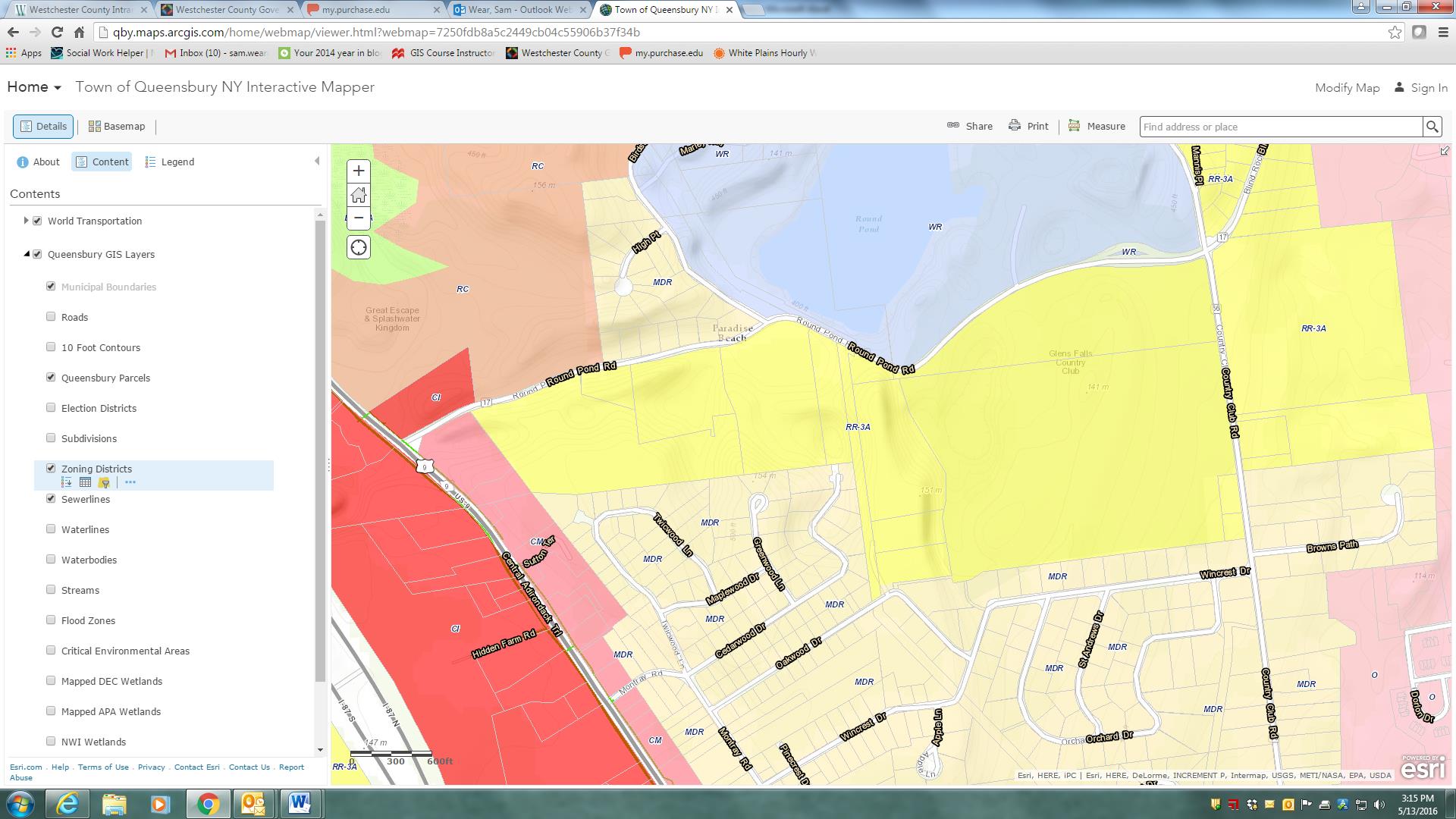Have been a little remiss in the blog content space of late and now trying to play catch up with a couple articles and stories in the works albeit nothing finalized. With August typically being one of the slower months across the board, it’s always a good time to take a step back and see how the geospatial/GIS profession is growing across the state in context of making its presence known or at least recognized and referenced in the legislative arena. This year’s summary provides a little more fodder for discussion and content than in the past couple years – even to the point of dulling the urge to write in that very special way about one of my other favorite New York summertime geospatial topics: The Geospatial Advisory Committee. The GAC.
State of the State
Always appropriate to start at the beginning of the year with the Governor’s State of the State “Built to Lead” themed speech (January 13th) which did offer some optimism – albeit indirectly – for investment and growth opportunities in geospatial technologies across the state. Most notably with references in the areas of infrastructure development. Even though many of the investments itemized in the speech are for major public facilities such as LaGuardia, the Jacob Javitz Center, and Penn Station – btw to the tune of $100 billion – there is still room for enthusiasm in the GIS community hoping that even small portions of the $100 billion investment can trickle down to local government geospatial programs to support bridge and road management initiatives, public water/storm/sanitary systems rehabilitation projects, evolving resiliency projects, and many other infrastructure related efforts. And best of all, providing funding opportunities for the many deserving GIS and civil engineering businesses which continue to support and help build statewide geospatial capacity. While it’s almost certain that the $100B funding is spread out over many appropriation bills, one can see the magnitude of the statewide infrastructure focus and priority by performing a keyword search on “infrastructure” in the New York State Bill Search form. Results? Fifty-seven bills match the search criteria. Granted, not every bill is specific to geospatial & infrastructure – but it’s a damn good starting point for the statewide geospatial community. And you can be well assured our brethren in the engineering, surveying, public works and aligned disciplines are already well engaged in tracking down the funding. And btw, if you’re really interested and by comparison, do a similar search on keywords such as geospatial, mapping, geography, or GIS – and make note of the search results. I’m by no means an expert in using the form, but by using it only casually, one can get a sense of the potential funding sources.
As in past State of State speech agendas, the governor makes reference to other should be GIS staple disciplines such as economic development (REDCs: Regional Economic Development Councils) and tourism – two very high level and visible government programs which the statewide GIS community has yet to make broad and sustaining inroads with. Granted the current state administration’s REDC organizational chart is problematic in that these boundaries do not coincide with the existing NYS Association of Regional Councils boundaries, GIS-based economic development and tourism websites should continue to be a top priority for every county and/or regional planning commission across the state.
2016 Bill Search
Certainly not an exhaustive list, but the following does provide a general flavor of the types of geospatial/GIS-related bills which were either newly introduced or carried over from previous years. Search results included:
Continue reading


